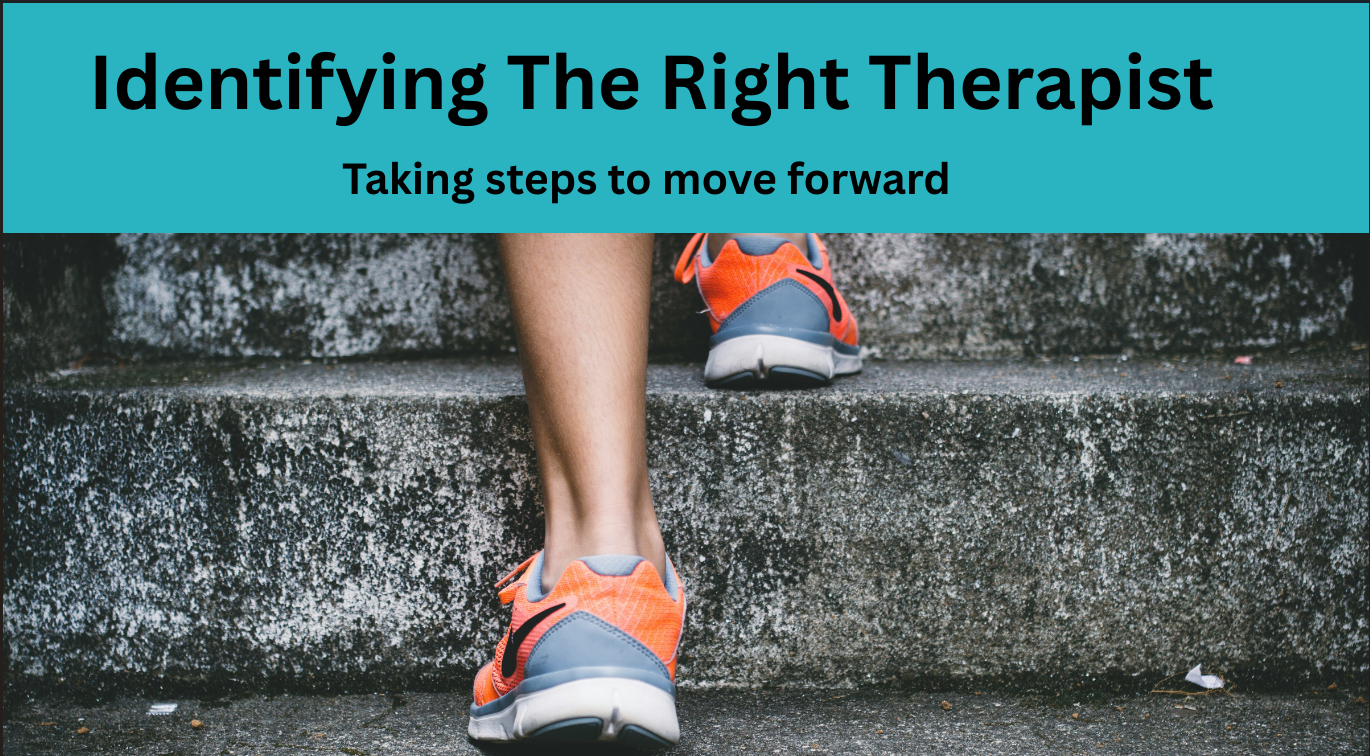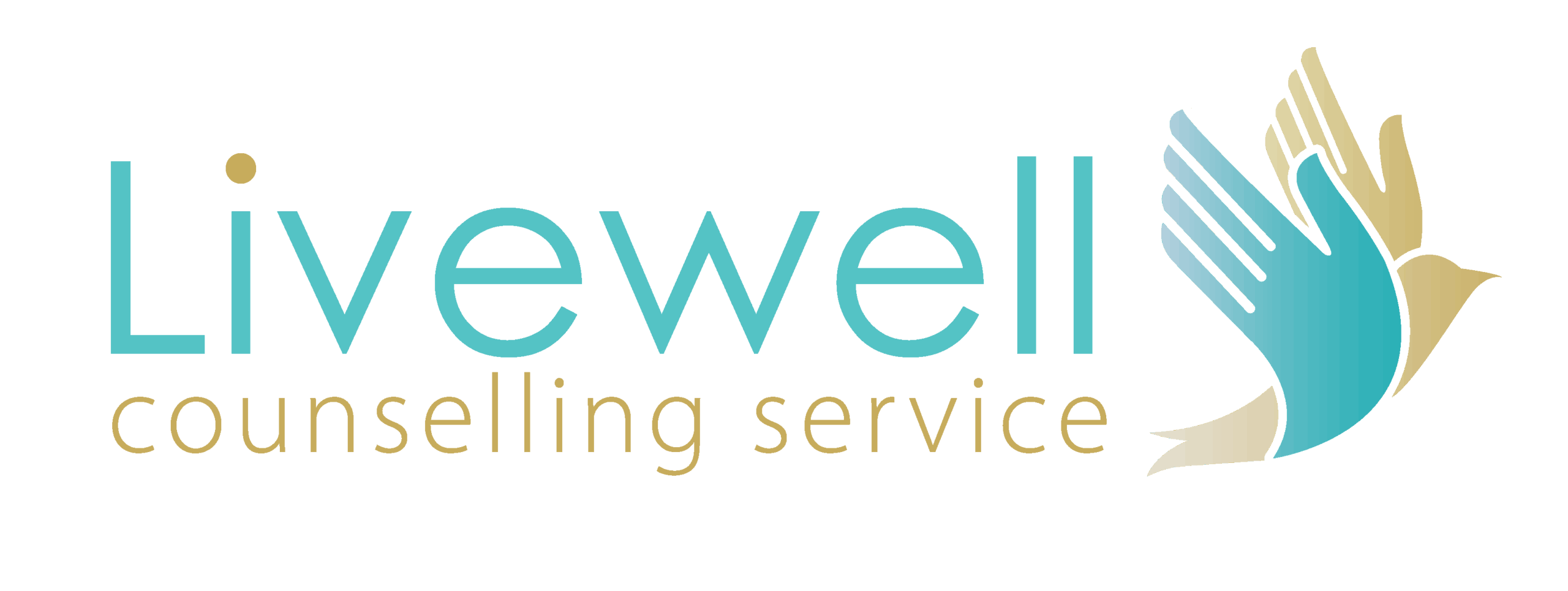This post aims to present the main therapeutic approaches you might encounter briefly, but it is in no way an exhaustive guide. I hope it will help you in understanding the therapy landscape, and how that may influence your choice, as at Livewell we know that starting therapy can sometimes feel like a daunting quest, before even having your first session booked.
Before I trained as a counsellor, I thought psychotherapy was a single approach that dealt with mental health distress. I imagined it was lying on a couch and sharing your innermost thoughts with a gilet- and glasses-wearing middle-aged man sitting behind said couch. Nothing wrong with that, but I simply didn’t realise how simplistic this idea was.
There are numerous approaches available, ranging from the well-known CBT, psychodynamic and person-centred therapies (which may represent the three main theoretical movements of psychotherapy) to approaches that share the same values and core techniques but have evolved into something distinct. As a result, it can feel like an obstacle to find the one that suits you best.
What does this mean when you’re trying to find the right therapist for yourself?
It may seem overwhelming at first to find the right therapist for you when there are so many professionals to choose from, most practicing different approaches. Sometimes it may be a matter of choosing based on location or availability. Others, it’s about choosing an approach that we may feel resonates more with what we want to explore or work on. It is important to do a bit of research for yourself to understand what could be a way to work that is more aligned with you. In the meantime, here’s a brief summary of the more popular therapeutic approaches:
- Person-centred therapy (PCT): based on the belief that individuals have an innate ability to grow and heal. It emphasises empathy, acceptance, and the client’s capacity to grow. The therapist offers support without directing the conversation, helping clients explore their feelings and beliefs at their own pace, while focusing on their self-awareness and personal development.
- Cognitive behavioural therapy (CBT): focuses on identifying and changing unhelpful thought patterns and behaviours. It is a structured, practical and goal-oriented approach.
- Psychodynamic therapy: helps clients explore how unconscious thoughts and past experiences, particularly from childhood, influence current behaviours and relationships. It aims to increase self-awareness and emotional insight.
- Integrative therapy: it draws on techniques from various therapeutic approaches and combines them to suit the client’s individual needs. It offers flexibility and a personalised approach, adapting as the therapeutic relationship develops.
- Eye Movement Desensitisation and Reprocessing (EMDR): a structured approach developed to help people process and recover from traumatic experiences. It uses guided eye movements to help the brain reprocess distressing memories in a less emotionally intense way.
- Solution-Focused Brief Therapy (SFBT): a short-term approach that concentrates on finding practical solutions rather than analysing problems. It helps clients envision their preferred future and build on existing strengths and resources to achieve it.
- Art therapy: uses creative processes such as drawing, painting, or sculpting to help individuals express and explore emotions that may be difficult to articulate with words.
- Play therapy: primarily used with children (but not limited to them), it allows them to express feelings, experiences, and thoughts through play rather than words. Using toys, games, or creative activities, the therapist helps the child work through emotional or behavioural difficulties in a safe and supportive environment.
Here’s the caveat, though: if there is one thing therapeutic approaches agree on, is that the relationship between the client and the counsellor is fundamental to the therapeutic work.
I recently had a conversation with a friend about not feeling heard by their counsellor. They were bringing current worries to the session, wanting to unpack them, and they felt that the counsellor kept returning to a different topic. That resulted in my friend feeling unheard and leaving that session feeling that the therapist was not the right fit. Frustrating, I know.
Therapy should be based on a trusting relationship between you and your therapist. So the right therapist for you is someone you feel you can trust and feel safe with. And no, it’s not a simple answer, and it may require an initial leap of faith, but it will be a rewarding experience when you are able to work on yourself because of the relationship you collaboratively built with your therapist.
At Livewell, building a safe relationship with our clients is paramount. And that includes our therapy clients, and our coaching and supervision clients. We know that, in order to heal and grow, a real connection needs to be established between therapist and client. That’s where the magic happens. However, we also recognise that each person will need (and deserves) a tailored approach and that means that someone may benefit from a more structured approach, while someone else might feel more empowered and grounded in having more autonomy over the process. As it can feel overwhelming to start therapy, the best first step is simply reaching out to a therapist you feel drawn to. Ask how they work, share what you’re looking for, and see if it feels like a match*.
If you are interested in our counsellors and our services, we offer a free 20-minute consultation to help you explore whether our approach is the right fit for you.


